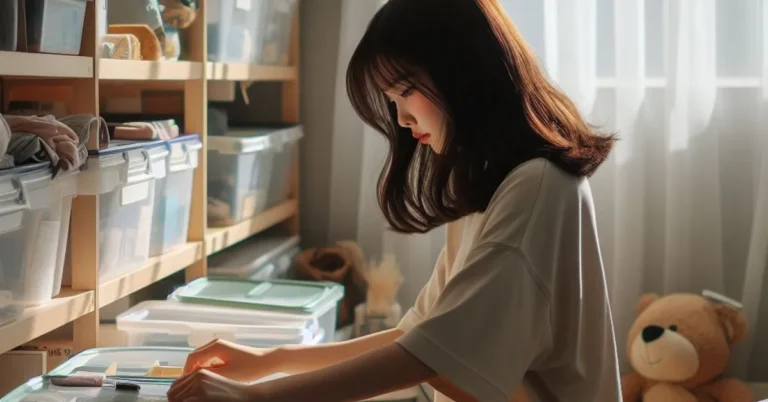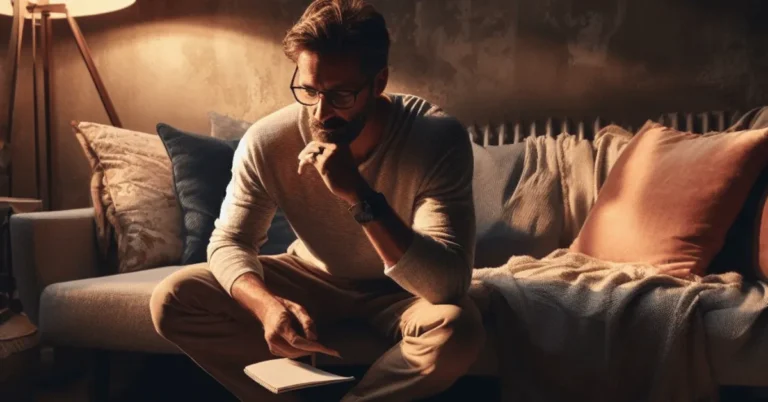How NOT to Decorate Your Home? This is a question that many homeowners ask themselves when they are faced with the daunting task of decorating their space.
While there are countless articles and guides on how to decorate your home, it’s equally important to know what not to do. In this blog post, we will explore some common decorating mistakes that you should avoid at all costs.
Table of contents
- What are Common Mistakes People Make When Decorating Their Homes?
- Why is Overcrowding a Room a Decor Mistake?
- How Can Mismatched Themes Ruin Your Home’s Aesthetic?
- Why Should You Avoid Excessive Use of Bold Colors?
- What are the Drawbacks of Not Considering the Room’s Functionality?
- How Can Incorrect Lighting Affect Your Home’s Ambiance?
- Why is it Important to Avoid Impulsive Buying When Decorating?
- FAQs
- Final Thoughts
What are Common Mistakes People Make When Decorating Their Homes?
Decorating a home is an exciting and creative process. You have the opportunity to convey your unique style and craft a space that mirrors your individuality.
However, it’s easy to make mistakes along the way that can impact the overall look and feel of your home.
In this section, we will discuss 13 common mistakes that people make when decorating their homes, so you can avoid them and create a beautiful and harmonious living space.
1. Ignoring the Importance of Lighting
One of the biggest mistakes people make when decorating their homes is not paying enough attention to lighting. Effective lighting has the power to entirely reshape the atmosphere and mood within a space.
Make sure to incorporate a mix of ambient, task, and accent lighting to create a well-lit and inviting space.
2. Choosing the Wrong Paint Color
Another common mistake is selecting the wrong paint color. It’s important to consider the natural light in the room and the overall color palette of your home. Test paint samples on the walls before committing to a color to ensure it complements the space.
3. Overlooking the Importance of Scale
Scale is crucial when it comes to furniture and decor. Avoid overcrowding a room with oversized furniture or filling a large space with small items. Find the right balance to create a visually pleasing and functional layout.
4. Neglecting to Create a Focal Point
A focal point is a key element that draws attention and anchors a room. It could be a fireplace, a piece of artwork, or a statement piece of furniture. Neglecting to create a focal point can result in a room that feels disjointed and lacks visual interest.
5. Cluttering the Space
Clutter is the enemy of good design. Avoid overcrowding shelves and surfaces with too many accessories. Instead, opt for a few well-curated pieces that enhance the overall aesthetic of the room.
6. Not Considering Functionality
While aesthetics hold significance, it’s essential not to disregard functionality. Consider how you will use each space and choose furniture and decor that serves a purpose. For example, opt for a comfortable and durable sofa in the living room.
7. Hanging Artwork Incorrectly
Hanging artwork at the wrong height or spacing can throw off the balance of a room. As a general rule, artwork should be hung at eye level, and the spacing between pieces should be consistent.
8. Using Rugs That Are Too Small
A common mistake is using rugs that are too small for the space. Rugs should anchor the furniture and define the seating area. Make sure the rug is large enough to accommodate all the furniture in the room.
9. Neglecting the Entryway
The entryway sets the tone for your home. Neglecting to decorate this space can make the entire home feel unwelcoming. Add a console table, a mirror, and some decorative accessories to create a stylish and inviting entryway.
10. Not Incorporating Texture
Texture adds depth and visual interest to a room. Incorporate different textures through textiles, such as throw pillows, blankets, and curtains, as well as through materials like wood, metal, and glass.
11. Following Trends Blindly
While it’s fun to incorporate trends into your home decor, blindly following them can lead to a space that feels dated quickly. Instead, choose timeless pieces and incorporate trends in small doses through accessories and accents.
12. Not Personalizing the Space
Your home ought to mirror your personality and narrate your story. Avoid creating a generic space by adding personal touches, such as family photos, artwork you love, or travel souvenirs.
13. Rushing the Process
Lastly, rushing the decorating process can result in impulsive decisions and a space that doesn’t feel cohesive. Take your time to plan, gather inspiration, and make thoughtful choices that will result in a home that you truly love.
By avoiding these common mistakes, you can create a home that is both beautiful and functional. Take the time to plan, consider the scale and lighting, and personalize your space to create a home that truly reflects your style and personality.
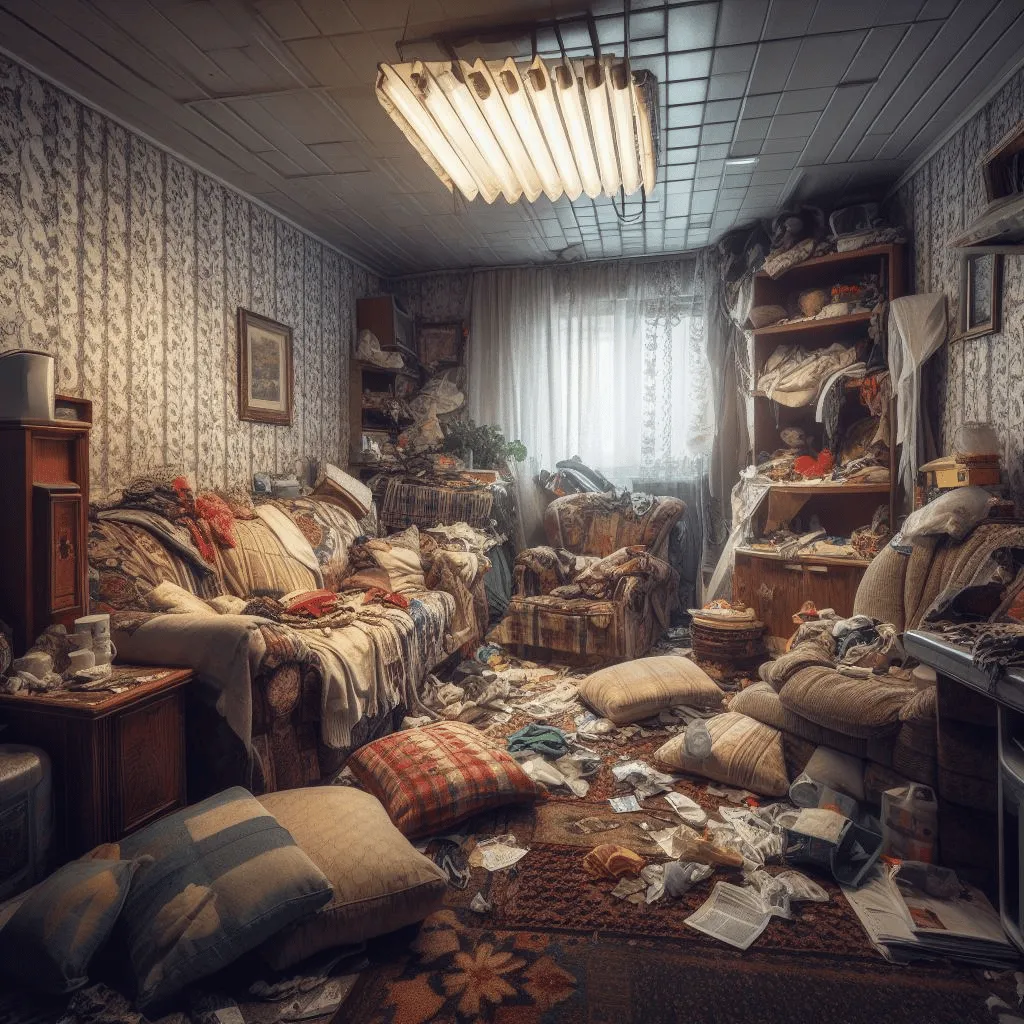
Why is Overcrowding a Room a Decor Mistake?
In the realm of interior design, simplicity often speaks volumes. Overcrowding a room with too much furniture and decor can have a negative impact on the overall aesthetic and functionality of the space. It’s important to create a balance and allow room for movement and flow.
One of the main reasons why overcrowding a room is a decor mistake is that it can make the space feel cramped and cluttered.
This can lead to feelings of anxiety and discomfort, making it difficult to relax and enjoy the room. Additionally, overcrowding can make it challenging to navigate through the space, especially in smaller rooms.
Another issue with overcrowding is that it can distract from the focal points and design elements you want to highlight.
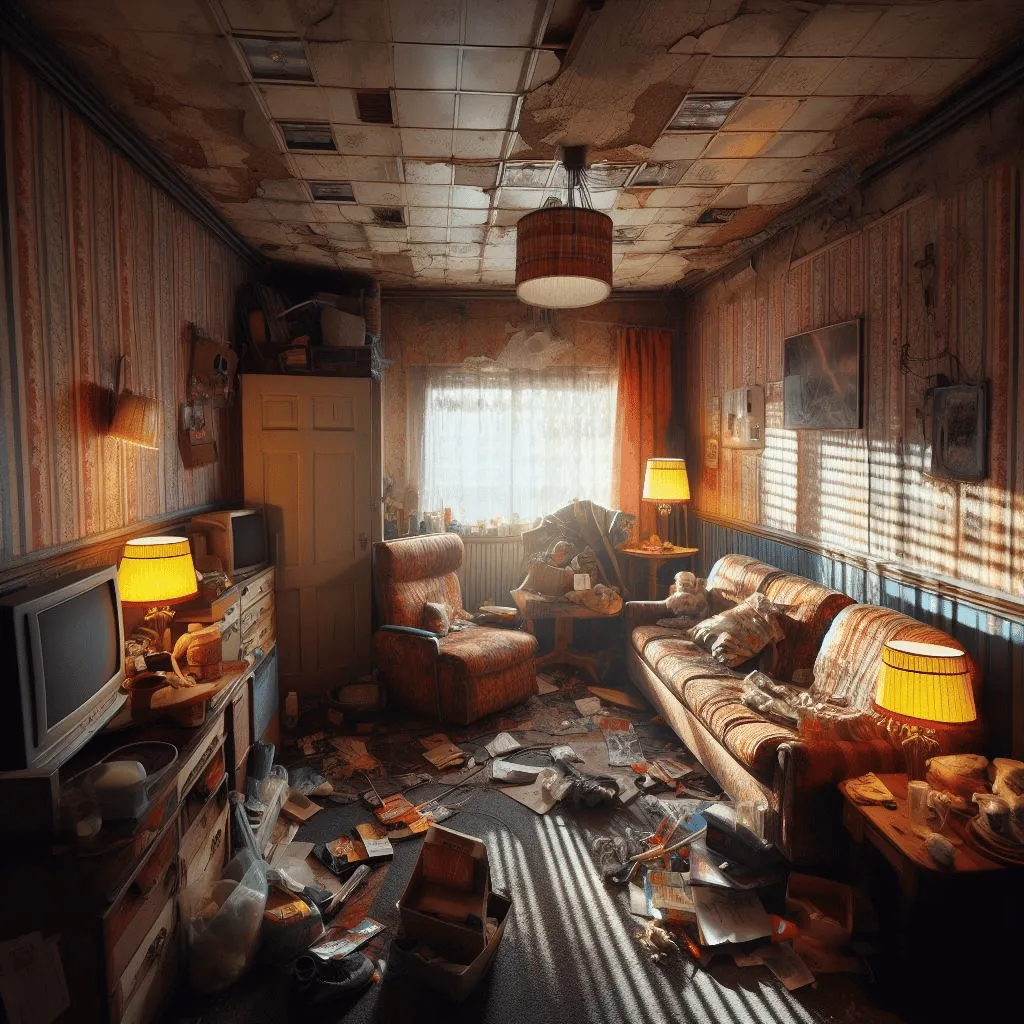
When there are too many items competing for attention, it can be overwhelming and take away from the intended impact of your decor choices.
Furthermore, overcrowding can hinder the functionality of a room. It can limit the available surface area for activities and make it difficult to find storage solutions for essential items.
This can result in a cluttered and disorganized space, making it harder to maintain cleanliness and order.
To avoid the decor mistake of overcrowding a room, it’s important to carefully consider the scale and proportion of furniture and decor pieces.
Choose items that complement each other and leave enough space for movement. Additionally, declutter regularly to maintain a clean and organized environment.
How Can Mismatched Themes Ruin Your Home’s Aesthetic?
When it comes to decorating your home, choosing a theme is essential. A well-coordinated theme can tie together the different elements of your space and create a harmonious and visually appealing environment.
However, mismatched themes can have the opposite effect, ruining your home’s aesthetic and leaving you feeling dissatisfied with the overall look and feel.
One of the main reasons why mismatched themes can be a disaster for your home is the lack of cohesion.
When you mix different styles, colors, and patterns that do not complement each other, it creates visual clutter and confusion. Instead of a cohesive and balanced space, you end up with a chaotic and disjointed mess.

Another issue with mismatched themes is that they can make your home feel disconnected and lacking in personality.
A well-executed theme can reflect your personal style and create a sense of unity throughout your home. When you have mismatched themes, it can feel like each room belongs to a different house, leading to a lack of flow and continuity.
Furthermore, mismatched themes can also impact the resale value of your home. Potential buyers are often looking for a cohesive and well-designed space that they can envision themselves living in.
If your home has mismatched themes, it can be a major turn-off for buyers and make it harder to sell your property.
How to Avoid Mismatched Themes?
The key to avoiding mismatched themes is careful planning and attention to detail. Start by selecting a theme or style that you love and that suits your home’s architecture and layout.
Once you have chosen a theme, stick to it throughout your home, ensuring that each room complements the others.
Consider the color palette, furniture styles, and decorative elements when choosing your theme. Aim for a cohesive and balanced look, where each element works together to create a harmonious space.
If you’re unsure about how to achieve this, consult with an interior designer who can provide expert advice and guidance.

Remember, a well-designed home should reflect your personality and create a welcoming and visually pleasing environment.
Avoid the pitfalls of mismatched themes by carefully curating your space and creating a cohesive and harmonious aesthetic.
Why Should You Avoid Excessive Use of Bold Colors?
When it comes to choosing colors for your home or office space, it’s important to strike the right balance. While bold colors can add vibrancy and energy to a room, using them excessively can have negative effects on your mood and overall well-being.
One of the main reasons to avoid excessive use of bold colors is their potential to overwhelm and overstimulate your senses.
Bold colors, such as bright red or electric blue, can be visually striking, but when used in large quantities, they can create a sense of chaos and make it difficult for your eyes to rest. This can lead to feelings of unease and restlessness, making it hard to relax or focus.
Another reason to be cautious with bold colors is their impact on your mood. While certain bold colors, like yellow or orange, can evoke feelings of happiness and energy, too much of these colors can actually have the opposite effect.

Studies have shown that excessive exposure to bold colors can increase feelings of anxiety and stress, leading to a negative impact on your mental well-being.
Furthermore, excessive use of bold colors can make it challenging to create a cohesive and harmonious space.
When every element in a room is bold and attention-grabbing, it can be overwhelming for the eyes and create a sense of visual clutter.
By using bold colors sparingly as accents or focal points, you can create a more balanced and visually appealing environment.
What are the Drawbacks of Not Considering the Room’s Functionality?
When designing a room, it is important to consider not only the aesthetics but also the functionality. Ignoring the functionality of a room can have several drawbacks and can lead to a less efficient and comfortable space.
Poor Space Utilization
One of the main drawbacks of not considering the functionality of a room is poor space utilization. Without proper planning, you may end up with wasted space or overcrowded areas. This can make it difficult to move around and can result in a cluttered and disorganized room.
Inefficient Workflow
Another drawback is an inefficient workflow. If a room is not designed with its intended function in mind, it can hinder productivity and make tasks more difficult to accomplish.
For example, a kitchen without adequate counter space or storage can make cooking and meal preparation a frustrating experience.
Lack of Comfort
A room that is not designed for its intended function may lack comfort. For instance, a living room without enough seating or a bedroom without proper storage can make it challenging to relax and unwind.
Overall, neglecting the functionality of a room can result in poor space utilization, an inefficient workflow, and a lack of comfort. It is essential to consider the intended use of a room when designing it to ensure a functional and enjoyable space.
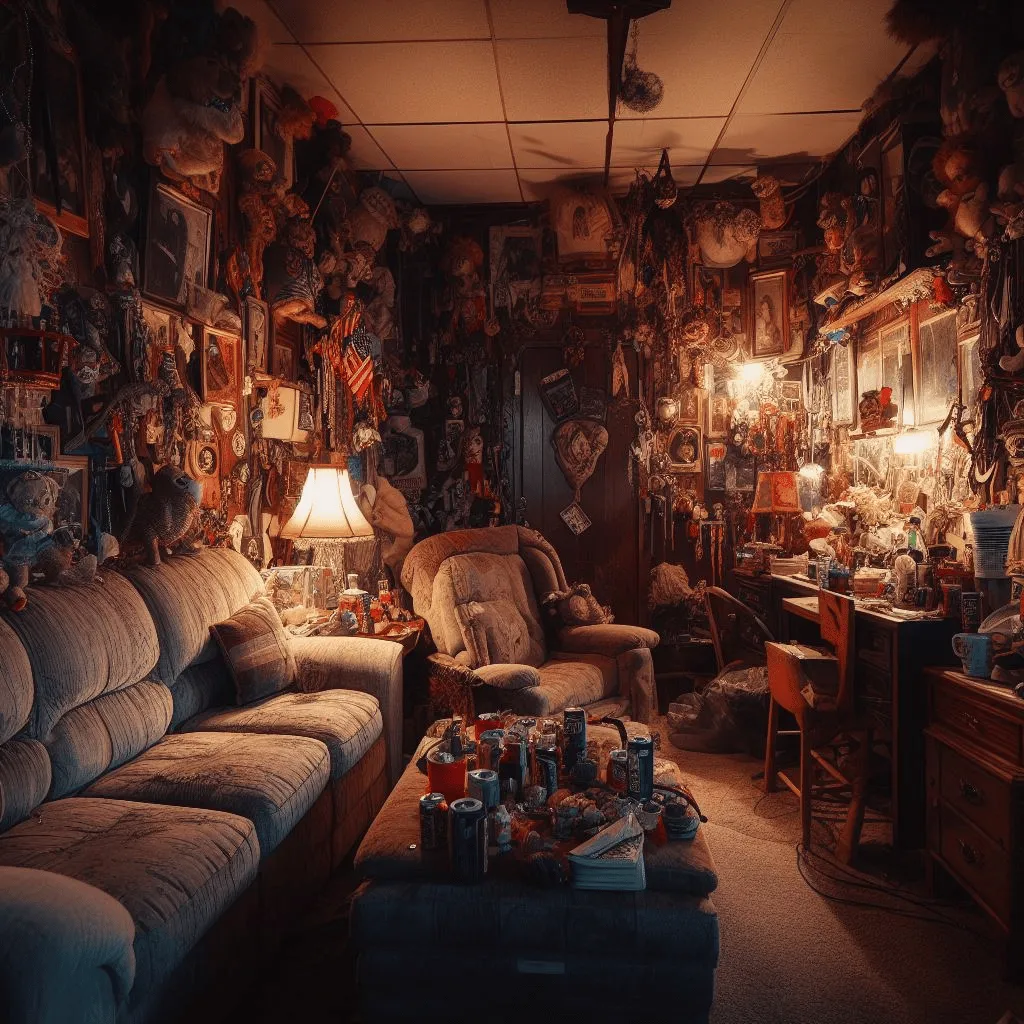
How Can Incorrect Lighting Affect Your Home’s Ambiance?
Lighting plays a crucial role in creating the perfect ambiance in your home. When done right, it can enhance the mood, highlight architectural features, and make your space feel inviting.
However, incorrect lighting can have the opposite effect, leaving your home feeling dull and unappealing.
One way incorrect lighting can affect your home’s ambiance is by creating harsh or dimly lit areas. For example, using bright, cool-toned lights in a cozy living room can make it feel cold and uninviting.
On the other hand, using dim lighting in a workspace can strain your eyes and make it difficult to focus.
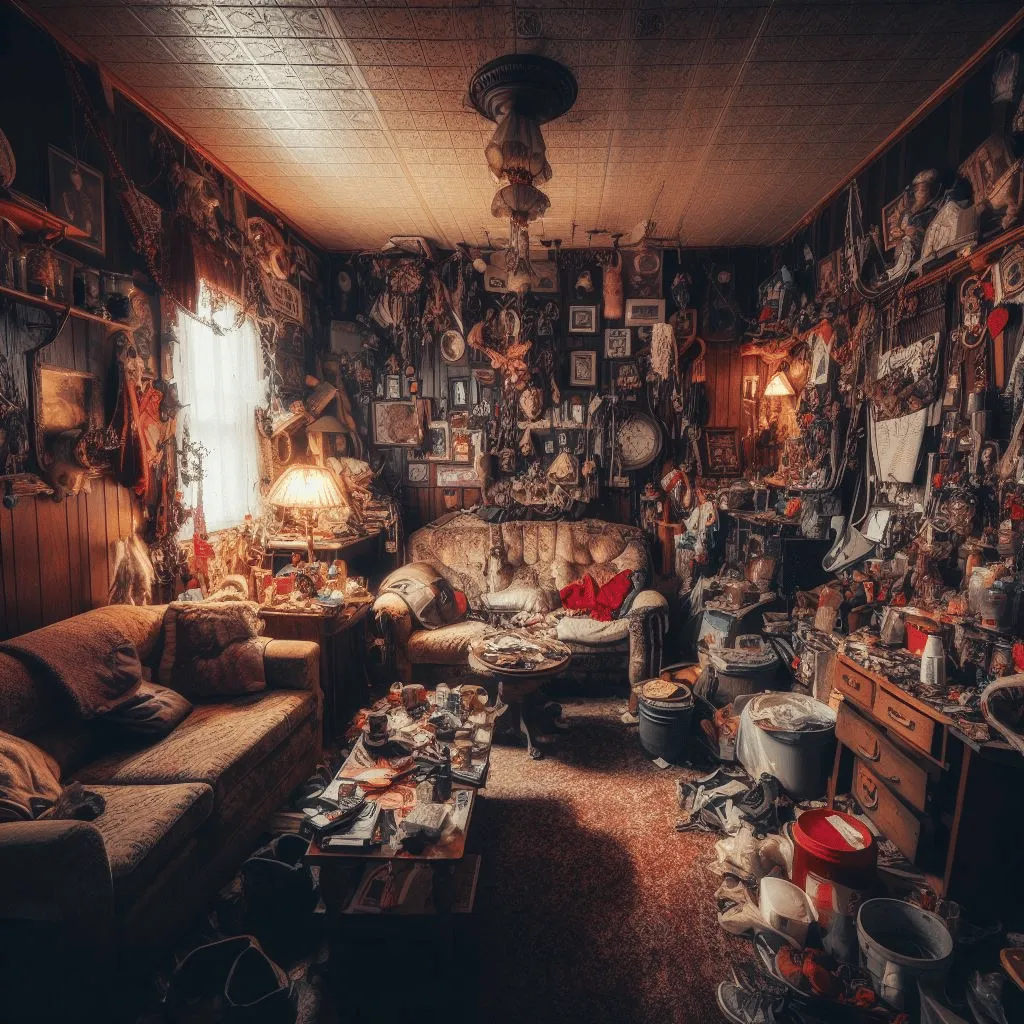
Another way incorrect lighting can impact your home is by distorting colors. Different light sources have different color temperatures, which can alter the way colors appear in a room.
For instance, using warm-toned lights can make a room feel cozy and intimate, while using cool-toned lights can make it feel more vibrant and energetic.
Furthermore, incorrect lighting can also affect the functionality of a space. Insufficient lighting in areas such as the kitchen or bathroom can make it difficult to perform tasks effectively and safely.
On the other hand, excessive lighting can create glare and make it uncomfortable to spend time in a room.
Creating the Perfect Lighting Plan for Your Home
To avoid the negative effects of incorrect lighting, it is important to create a well-thought-out lighting plan for your home.
Start by considering the function of each room and the activities that will take place in it. Then, choose the appropriate lighting fixtures and bulbs that will meet your needs.
Layering your lighting is also key to creating the right ambiance. This involves using a combination of ambient, task, and accent lighting to provide different levels of illumination and create depth in your space.
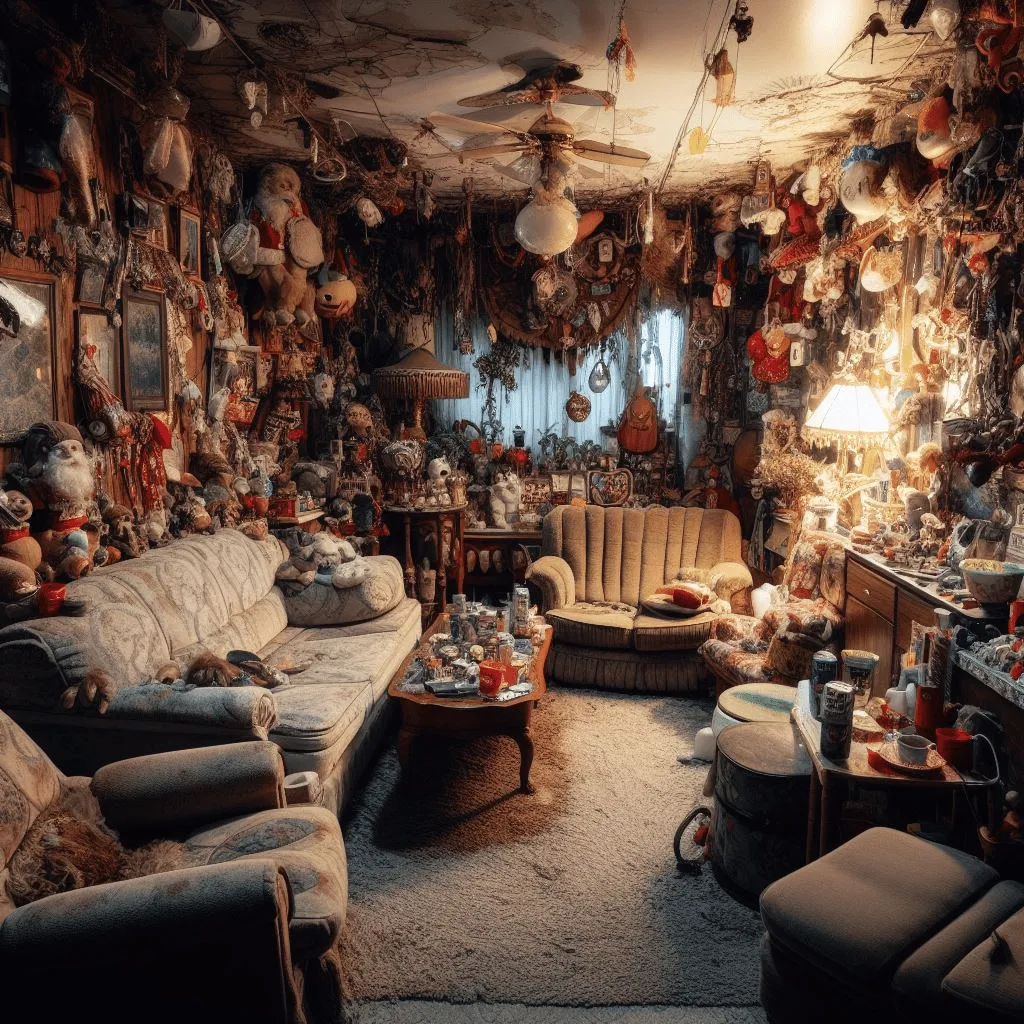
Lastly, take into account the color temperature of your light bulbs. Warm-toned bulbs are ideal for creating a cozy and intimate atmosphere, while cool-toned bulbs are better suited for areas where you need to stay alert and focused.
By paying attention to the impact of lighting on your home’s ambiance and taking the necessary steps to create a well-designed lighting plan, you can transform your space into a welcoming and visually appealing environment.
Why is it Important to Avoid Impulsive Buying When Decorating?
When it comes to decorating our homes, it’s easy to get caught up in the excitement of new trends and beautiful designs. However, it is important to resist the temptation of impulsive buying when it comes to decorating. Here’s why:
- Wasted Money: Impulsive buying often leads to purchasing items that we don’t actually need or that don’t fit with our overall design plan. This can result in wasted money on items that end up sitting unused or being discarded.
- Cluttered Space: Buying on impulse can quickly lead to a cluttered space. When we don’t take the time to carefully consider our purchases, we may end up with items that don’t have a place or purpose in our home, resulting in a cluttered and chaotic environment.
- Incohesive Design: Impulsive buying can also lead to a lack of cohesive design in our homes. When we don’t have a clear plan or vision for our space, we may end up with a mismatched collection of items that don’t work well together.

Instead of giving in to impulsive buying, take the time to plan and research before making any purchases for your home.
Consider your overall design goals, the functionality of the item, and how it will fit into your existing space.
By avoiding impulsive buying, you can save money, create a more organized and clutter-free environment, and achieve a cohesive and well-designed home.
FAQs
Some common home decoration mistakes to avoid include using too many bold colors, cluttering your space with too many accessories, and neglecting proper lighting.
Avoiding tacky home decor involves selecting timeless pieces, avoiding excessive patterns, and opting for quality materials.
o create a cohesive home decor style, choose a color palette, consider the overall theme or style you want to achieve, and incorporate elements that complement each other.
Yes, it is crucial to consider the size of the furniture when decorating a small space. Choosing furniture that is too large can make the room feel cramped and uncomfortable.
Avoid over-accessorizing your home by selecting a few statement pieces, decluttering regularly, and considering the balance between functionality and aesthetics.
Final Thoughts
Decorating your home can be an exciting process, but it’s important to avoid common mistakes that can make your space look less appealing.
By avoiding excessive colors, clutter, tacky decor, and over-accessorizing, you can create a beautiful and cohesive home decor style.
Additionally, considering the size of your furniture and incorporating proper lighting can greatly enhance the overall look and feel of your space.
Remember, less is often more when it comes to home decoration. Take the time to plan and select pieces that truly reflect your personal style and create a welcoming atmosphere.
Read More:




